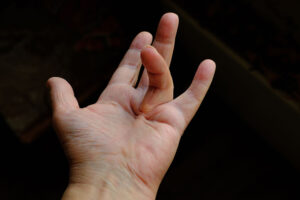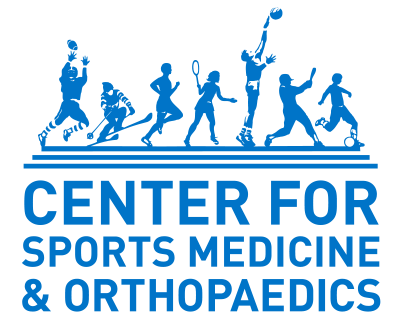What Is Dupuytren’s Contracture?
 Dupuytren’s contracture is a condition where one or more fingers bend toward the palm of a person’s right or left hand. No matter how hard you try, you can’t get the affected fingers to straighten completely. This disease affects the palmar fascia, which is the fibrous layer of tissue that lies just underneath your palm’s skin, above the tendons, nerves, and blood vessels. Knots of tissue form under the skin. Eventually these knots create a thick cord, which pulls the fingers into a bent position. In almost all cases, this condition affects the two fingers farthest from your thumb.
Dupuytren’s contracture is a condition where one or more fingers bend toward the palm of a person’s right or left hand. No matter how hard you try, you can’t get the affected fingers to straighten completely. This disease affects the palmar fascia, which is the fibrous layer of tissue that lies just underneath your palm’s skin, above the tendons, nerves, and blood vessels. Knots of tissue form under the skin. Eventually these knots create a thick cord, which pulls the fingers into a bent position. In almost all cases, this condition affects the two fingers farthest from your thumb.
Unfortunately, the disease tends to worsen with the passage of time but may remain mild enough, so you don’t require any treatment. However, in moderate or severe cases, the disease makes it difficult to straighten the digits. If this is the case, treatment may be necessary to assist in reducing the contracture and improving motion in the affected fingers. Please note, as contraction progresses, involvement of the fascia will become more severe, and treatment is not as likely to deliver a successful result.
Causes and Risk Factors of the Disorder
The actual cause of Dupuytren’s contracture is not completely known nor understood. That said, the majority of documented cases and evidence suggest that family, age, genetics and ancestry play a significant role.
Dupuytren’s contracture typically occurs after the age of 50. It’s also more likely to develop in men versus women. Symptoms could be worse and progress faster in men as well. When it comes to ancestry, individuals of northern European descent (English, Irish, Scottish, Dutch), and Scandinavians, (Swedish, Norwegian, and Finnish) are all at higher risk.
Some studies have also identified a connection between Dupuytren’s contracture and workers who use tools such as jack hammers, grinders, or chainsaws. The subsequent vibration can cause cumulative damage to the blood vessels and severely impact the palm’s bands of fascia.
In addition to the risk factors above, individuals who have diabetes also have an increased risk of the disease, as well as those who smoke tobacco or drink alcohol. The condition has also been linked with some medicines that are used to treat epileptic seizures.
How’s the Disorder Diagnosed?
Before you contact your physician, you should try the tabletop test. If you can lay the palm of your hand flat on a tabletop or any other flat surface, you don’t need treatment. If not, you should see your doctor who will ask you about your general symptoms.
That will be followed by an examination. During the exam, your doctor will record the location of any nodules and cords on your palm and measure the range of motion in your fingers and thumb. They will also measure how much your fingers are curling or contracting and might check your grip and pinch strength.
This disease is progressive, which means it gets worse over time. As the bend in your finger increases it becomes hard to straighten to its full extent. Grasping large objects, putting your hand in your pocket, or performing simple activities or tasks may become difficult.
What are the Non-Surgical Treatment Options?
Although there is no cure for Dupuytren’s contracture, the condition is not dangerous, and some people will need no treatment at all. The good news is the treatments for this disease will not only slow it but ease your symptoms, improving your quality of life. The non-surgical treatment options depend on your age, health, and the seriousness of your disease, in addition to how well you handle certain medications, treatments and specific therapies. These nonsurgical treatments, however, could provide relief and help in slowing the disease.
Steroid Injection: Corticosteroids are effective anti-inflammatory medications which your doctor can inject into a painful nodule, reducing or relieving symptoms. These medications will help with the pain but are not likely to prevent the disease from possibly getting worse.
Enzyme Injection: This is a newer but a less invasive procedure. It’s administered by a specially trained surgeon. A medicine is injected in the area to numb the hand. Then the enzyme is injected into the lump of tissue. After several hours, the enzyme breaks down and dissolves the tough bands. This ensures the fingers straighten when the surgeon snaps the cord.
Needle aponeurotomy: There’s also another newer, less invasive procedure. After the surgeon numbs the hand, he utilizes a small needle, which is placed directly into the Dupuytren’s cord. Then the surgeon carefully and precisely begins to break it up until the needle cuts through it. This creates improved finger motion and is often done in the office, with no incision.
Splinting: Some patients ask about splints to prevent progression of Dupuytren’s. However, it is not known to prevent the progression of a finger contracture and could cause an injury to the finger or hand. That said, It may be used after surgery to protect the operation site.
What if Surgery is Needed?
Should the contracture interfere with your hand’s function, your doctor could recommend surgery. The goal would be to reduce the contracture, improving function in your affected fingers. The most common surgical procedures are fasciotomy and partial palmar fasciectomy. Your doctor will discuss both with you and recommend which would be best in your specific case.
Fasciotomy: In this procedure, your surgeon makes an incision in your palm and divides the thickened cord(s) of tissue. The cord(s) is not removed but the division decreases the contracture, while improving movement of the compromised fingers.
A local anesthetic is used to numb the hand and the wound is often left open, allowing it to heal gradually. As a rule, you will wear a splint while you recover. Since the diseased tissue isn’t removed, there could be a recurrence. However, that is less the case in partial palmar fasciectomy.
Partial palmar fasciectomy: An incision is made and much of the abnormal tissue and cord(s) will be removed, straightening your affected fingers. “Zig-zag” incisions are most often used, allowing skin to heal without additional contraction.
In some cases, a skin graft will be needed to help in healing. That is typically taken from healthy skin in another area of your body. It’s used to seal the wound and you might have to wear a splint while you recover.
This procedure typically requires more wound care, physical therapy, and a little longer healing time. The biggest benefit though, is the removal of the diseased tissue, which prevents a return of the disease.
Recovery
Acute problems are rare following surgery. You can expect some pain, swelling and stiffness, but the true goal of your surgery is enhancing your ability to straighten your digits. Sometimes stiffness after surgery makes it difficult for you to bend your fingers. Elevating your hand above your heart, and gently moving your fingers will lessen swelling and alleviate such stiffness.
Physical therapy is also an effective way for you to improve your fingers’ strength and function, while reducing the swelling and encouraging the healing process of the wound. Many times, a hand therapist will make a splint for you to wear while you recover.
Treatment of Dupuytren’s contracture can be very successful and your symptoms much improved, making it possible for your return to improved hand function, and a productive and rewarding life.
If you are suffering with the pain, stiffness and loss of function due to contracted fingers, don’t wait to see a physician. Call today to schedule an appointment with one of CSMO’s fellowship trained hand specialists or click here for online scheduling options.
 Dupuytren’s contracture is a condition where one or more fingers bend toward the palm of a person’s right or left hand. No matter how hard you try, you can’t get the affected fingers to straighten completely. This disease affects the palmar fascia, which is the fibrous layer of tissue that lies just underneath your palm’s skin, above the tendons, nerves, and blood vessels. Knots of tissue form under the skin. Eventually these knots create a thick cord, which pulls the fingers into a bent position. In almost all cases, this condition affects the two fingers farthest from your thumb.
Dupuytren’s contracture is a condition where one or more fingers bend toward the palm of a person’s right or left hand. No matter how hard you try, you can’t get the affected fingers to straighten completely. This disease affects the palmar fascia, which is the fibrous layer of tissue that lies just underneath your palm’s skin, above the tendons, nerves, and blood vessels. Knots of tissue form under the skin. Eventually these knots create a thick cord, which pulls the fingers into a bent position. In almost all cases, this condition affects the two fingers farthest from your thumb.
